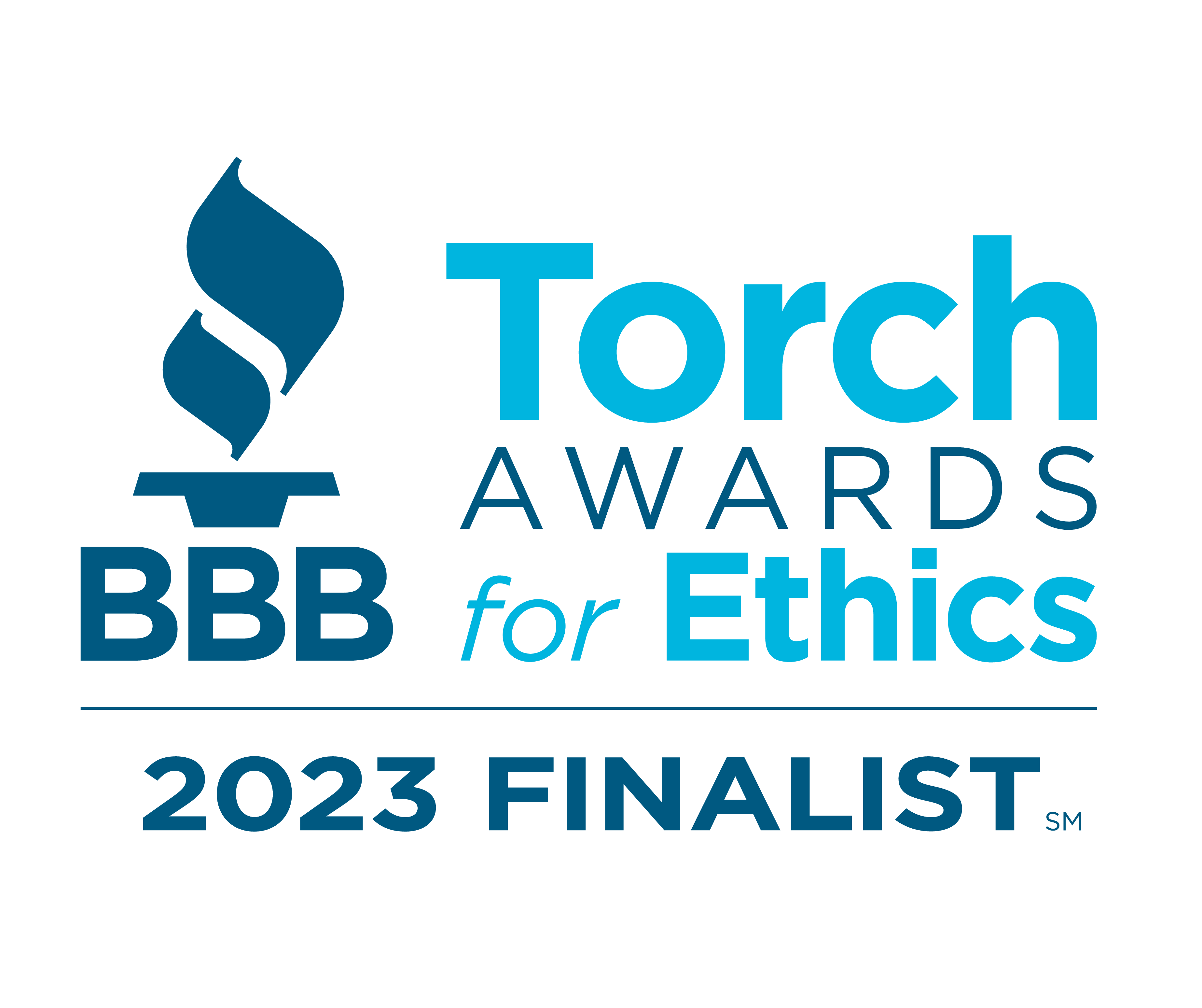You may remember the tax debt relief ads and promotions of the past decade. Many companies, including Alleviate Tax, offered the Fresh Start program as a solution for unpaid tax debt. More recently, the federal government has been referring to student loan relief as the Fresh Start Initiative.
This may cause some confusion. The two programs are very different, introduced by different departments and agencies within the federal government, and providing completely different benefits.
However, they are similar in that they were designed to help Americans struggling with debt save money and gain a fresh start for a better financial future. Here at Alleviate Tax, we aren’t experts in student loan forgiveness programs, but we can tell you all you need to know about leveraging the Fresh Start program for tax relief to prevent liens, levies, and wage garnishments.
What Is the Fresh Start Initiative?
In February 2011, the IRS announced the Fresh Start program. The goal was to help taxpayers pay down debt without undue financial hardship. It also helped the IRS take steps to collect roughly $441 billion in unpaid tax debt, identified as the gross tax gap, or the amount of true tax liability not paid voluntarily and in a timely manner.
If the IRS could make it easier for people to pay their back taxes through installment plans and also offer incentives by agreeing to withdraw liens if the taxpayer entered a Direct Debit Installment Agreement, more people might pay their tax debt.
The Fresh Start program benefited taxpayers by giving multiple options to pay back taxes and reduce penalties. The Fresh Start program has several components, including lien withdrawals and options for installment agreements and partial pay installment agreements.
What Is An Offer-in-Compromise?
The IRS website spotlights the offer-in-compromise as a key tenet of the Fresh Start program. The site says offer in compromise used to be called Fresh Start, acknowledging the name change. An OIC allows you to settle tax debt for less than you owe in a lump sum payment of 20% plus five installments or a monthly payment plan.
The qualifications for an OIC have remained largely the same since 2011. The IRS will accept your offer if it is the most the IRS would expect to collect based on your financial circumstances. Yet, the IRS only accepts 36% of the offers-in-compromise it receives.
It’s important to understand that you probably won’t qualify for an OIC if you:
- Have an open bankruptcy case or recently filed for bankruptcy
- Have late tax filings
- Already have filed for a tax extension for the current tax year (if you’re applying for an OIC for this year)
- Have the means to pay your tax debt in full through an installment agreement or in a lump sum
The IRS rarely accepts low-ball offers. That’s why it’s important to work with a tax relief firm that can help determine a reasonable offer that won’t cause you and your family undue financial hardship.
If you don’t have a bankruptcy and are up-to-date on all your tax filings, an offer-in-compromise can put you on the path toward freedom from tax debt. Then you can focus on other financial goals.
The Offer-in-Compromise Could Be Your Solution to Tax Debt
The most publicized aspect of Fresh Start is the streamlined offer-in-compromise program, which enables more Americans to reach an agreement with the IRS and reduce their tax debt by thousands of dollars or more.
Since 2018, Alleviate Tax has resolved more than $37.3 million in tax debt through offers in compromise and $160.7 million in total tax debt through various programs designed to help taxpayers.
Other Solutions for Tax Debt Relief
The Fresh Start program also simplified many other tax debt relief and payment solutions. It made it easier to access installment agreements online, and to pay off tax debt through a partial pay installment agreement.
If you make too much money, in the eyes of the IRS, or if you have equity assets that can cover your tax debt, you may not qualify for an offer in compromise. You can set up a partial pay installment agreement. You will make money payments via direct debit and, if a balance remains after the Collection Statute Expiration Date (CSED) that remaining balance is forgiven.
If you can pay the full amount, but not immediately, the IRS also offers payment extensions or monthly installment plans for up to 72 months. Keep in mind that interest will continue accruing while you make payments on your installment plan, but the rate is likely to be lower than what you’d pay in interest if you used a credit card to pay your taxes.
How to Apply for Fresh Start Program or Offer-in-Compromise
You’re probably wondering how you can apply for an offer-in-compromise to reduce your tax debt and pay off that looming tax bill faster. Filing an OIC requires multiple IRS forms and a $205 application fee, unless you qualify for the low-income application fee waiver. You will also need funds to make your initial tax payments as part of your offer.
The OIC application requires information about your household’s gross monthly income and expenses, as well as assets, investments, available credit, and existing debt. The IRS usually does not factor in tuition for private schools, college expenses, charitable contributions or unsecured debt as part of your expenses.
Once you’ve gathered all the information and filled out the form, you can mail the application to the IRS with your initial payment in the form of a personal check, cashier’s check or money order. You can also pay online through the IRS Electronic Federal Tax Payment System.
Filing an offer in compromise is a complicated process with many steps. It’s best to enlist the help of a tax debt relief service like Alleviate Tax to improve your approval odds help reduce your stress.
IRS Fresh Start vs. Fresh Start Initiative – Income-Driven Repayment Plans for Student Loans
If you search for Fresh Start program online today, you’re likely to find tons of articles related to student loan forgiveness. This was a federal program provided by the Department of Education to provide student loan relief and help 8.2 million borrowers get out of default.
The Fresh Start student loan initiative launched in 2022 and ended in September 2024. After using the program, 80% of borrowers entered an income-driven repayment plan, according to U.S. News & World Report.
Both the IRS Fresh Start and the student loan relief program helped Americans pay down specific types of unsecured debt to build a stronger financial future, which is no small feat. But the programs are not related in any way.
Let Alleviate Tax Help You Find a Fresh Start
Alleviate Tax is here to help you with tax debt relief, including penalty abatement, tax deadline extensions, offer-in-compromise, or installment agreements. Reach out today to make a fresh start.
FAQ
Find out what people are asking about IRS Fresh Start and tax debt relief.
What is the Fresh Start Program?
The IRS Fresh Start program is designed to help taxpayers find relief from tax debt and avoid tax liens and levies.
When did the IRS Fresh Start program begin?
The IRS Fresh Start program started in February 2011 to help American taxpayers find tax debt relief.
Who qualifies for fresh start?
You may qualify for the IRS Fresh Start program if you owe less than $50,000 in taxes, have filed all prior tax returns for the past three years, and can pay off your tax debt within six years. Additionally, you must not have an open bankruptcy case.
Does IRS forgive tax debt?
The IRS may forgive tax debt if you do not have the means to pay your tax bill in full without undue financial hardship. Several programs exist to help taxpayers, including the offer-in-compromise, penalty abatement, and partial pay installment agreements.









